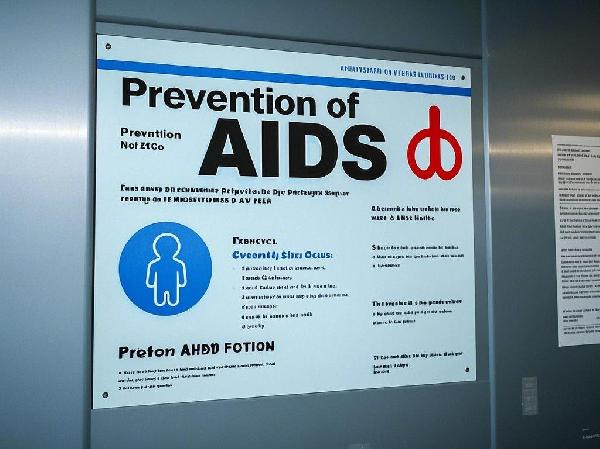Lymphogranuloma venereum, also known as inguinal lymphogranuloma, the fourth venereal disease, tropical or climatic bubo, and Frei's disease, is one of the four major venereal diseases, alongside syphilis, gonorrhea, and chancroid.
This disease is caused by chlamydia, which is divided into two types: Chlamydia trachomatis and Chlamydia psittaci. Lymphogranuloma venereum is associated with Chlamydia trachomatis. Based on serological reactions, Chlamydia trachomatis can be classified into 15 serotypes, with types A, B, Ba, and C causing trachoma, types D-K leading to non-gonococcal urethritis, and types L1, L2, and L3 causing lymphogranuloma venereum. These serotypes that cause lymphogranuloma venereum were discovered by Japanese scholar Miyagawa in 1936, hence they are sometimes specifically referred to as Miyagawa bodies. LGV is widespread globally, most commonly found in tropical regions, but its incidence has significantly declined worldwide, and it is also rare in China. In 2005, China's venereal disease surveillance system reported 389 cases, with a noticeable upward trend in recent years, although the reported cases have not been confirmed by serological testing or culture.

LGV has heat-labile endotoxin, as well as heat-stable and heat-labile antigens, with the heat-stable antigen not being destroyed at 100°C. It shares an antigen with Chlamydia psittaci. Injecting LGV into the brains of mice or monkeys can cause meningitis, but it does not infect birds when inoculated into their brains.
After infection with LGV, complement-fixing antibodies appear in the serum. Humans are the only natural host of this disease, which tends to invade the skin and lymph nodes. The serotypes of LGV have strong invasiveness, causing systemic lesions, unlike other serotypes of Chlamydia trachomatis that mainly localize to mucous membranes. LGV pathogens can invade macrophages. Cell-mediated immunity and humoral immunity can limit but not completely eliminate the spread of local and systemic infections. Even in the late stages, pathogens can still be isolated from infected tissues.
The pathogen of this disease has low resistance and can be killed by common disinfectants. It can survive for 2-3 days outside the body, but it is inactivated at 50°C for 30 minutes or at 90°C-100°C for 1 minute. It cannot survive in 70% ethanol, 2% lysol, 2% chloramine, ultraviolet light, or dry room temperature.
Mainly transmitted through sexual contact, it is occasionally spread through contamination or laboratory accidents. Complications include genital sores, local lymphadenopathy, late-stage elephantiasis, and rectal strictures. Due to the extensive development of chemotherapy, the disease is currently very rare.
Primarily transmitted through sexual activity, the peak incidence of LGV coincides with the peak age of sexual activity (20-30 years). The contact infection rate of this disease is much lower than that of gonorrhea and syphilis. Early manifestations are more common in males, while females often present with late-stage complications.
These chlamydias that cause lymphogranuloma venereum, when stained with Giemsa, can be seen in the cytoplasm of multinucleated or mononuclear cells as purple polyhedral inclusion bodies, about 4-5 μm in length and 0.125-0.175 μm in width, sometimes distributed in clusters outside the cytoplasm. Outside the body, these chlamydias are not resistant to drying, heat, ultraviolet light, or antiseptic disinfectants, all of which can kill them.
























